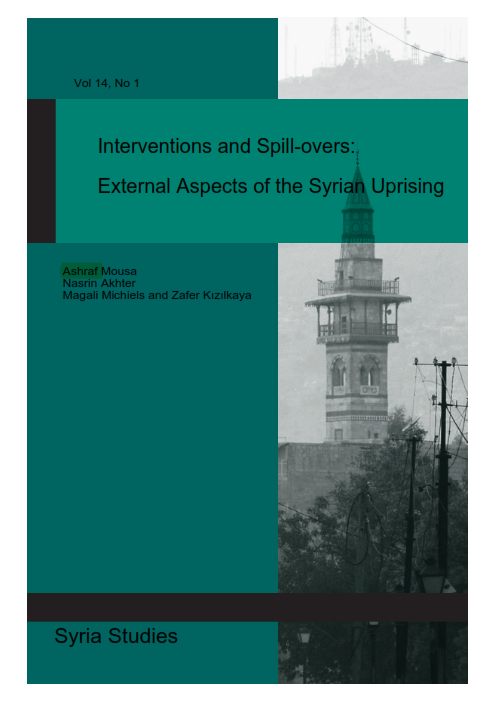Mediation in Syria a Comparative Analysis of the Astana and the Geneva Processes
Main Article Content
Abstract
This paper compares and contrasts the UN-led Geneva process and the Astana framework on three key dimensions: inclusivity, leverage and strategy. The Astana talks included more militarily relevant actors, both locally and regionally. In terms of strategy, it focused on conflict management. The hard power of the Astana trio provided the leverage to dictate the conditions on the battlefield which led to a frozen conflict situation. Contrastingly, the Geneva process initially excluded a key actor, Iran, and focused on regime change. Later, the UN mediators prioritized conflict settlement geared at positive peace. Without a clear mandate and external leverage, however, the UN-mediation has increasingly been side-lined by the Astana process. This paper argues that the UN needs to enhance its capability leverage in order to remain credible in conflict resolution. Moreover, on the dimension of inclusion, the UN has to define more precise conditions for involving the relevant actors.
Article Details
- Authors retain copyright and grant the journal right of first publication with the work simultaneously licensed under a Creative Commons Attribution License that allows others to share the work with an acknowledgement of the work's authorship and initial publication in this journal.
- Authors are able to enter into separate, additional contractual arrangements for the non-exclusive distribution of the journal's published version of the work (e.g., post it to an institutional repository or publish it in a book), with an acknowledgement of its initial publication in this journal.
- Authors are permitted and encouraged to post their work online (e.g., in institutional repositories or on their website) prior to and during the submission process, as it can lead to productive exchanges, as well as earlier and greater citation of published work (See The Effect of Open Access).
